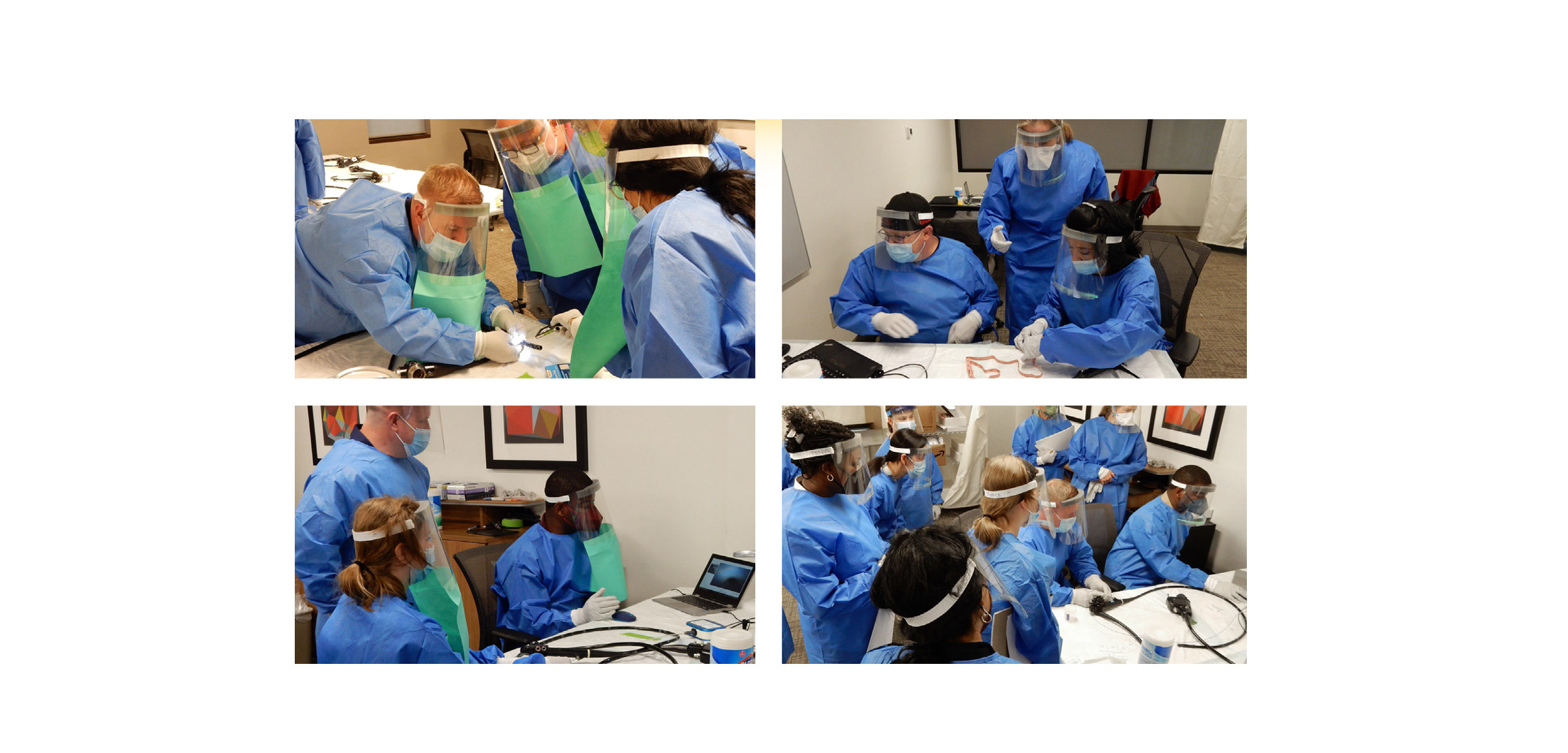
Knowledge and confidence increased significantly amongst a group of sterile processing (SP) professionals following participation in a newly-developed training program that includes pre- and post-testing, lectures, demonstrations, hands-on practice and a learning booster session.
That’s according to a recently published pilot study, which concludes trainees’ new knowledge and technical skills enabled them to identify real-world issues in sterile processing. These include damage within medical devices, residual substances, or retained fluid that impact the effectiveness of reprocessing and place patients at risk of injury or infection.
Eight trainees completed the training and homework, seven of whom took part in a booster session with follow-up training. While no trainees passed the pre-test, all participants passed after the workshop, according to the study. Mean test scores rose from 41 percent prior to 84 percent afterward.
According to the study, trainees reported more confidence in their ability to perform technical skills after completing the training, including using borescopes and detecting endoscope defects. They also felt more satisfaction with this training than additional ones they’d completed.
“Frequent, thorough training is needed due to rapidly evolving technology, complex instruments, and frequent updates to standards and guidelines,” the authors write. This new, evidence-based model is “markedly different from methods commonly used to train health care professionals, such as brief in-service seminars, reading assignments, and online programs.”
Recently updated standards and guidelines “strongly recommend” inspecting reusable endoscopes as part of every reprocessing cycle and suggest using borescopes to inspect channels. Single-use endoscopes eliminate reprocessing and the necessary inspection of scopes since each patient gets a brand-new scope that is discarded after use.
“SP personnel are expected to inspect diverse endoscope models, reliably identify defects, interpret findings, and take actions such as recleaning or assessing damage to determine whether repairs are necessary,” the study reads. “At present, there is a lack of curriculum and educational resources on visual inspection, which shifts the responsibility for developing and implementing training programs onto technicians, educators, and managers who are already overburdened by time and resource constraints.”


